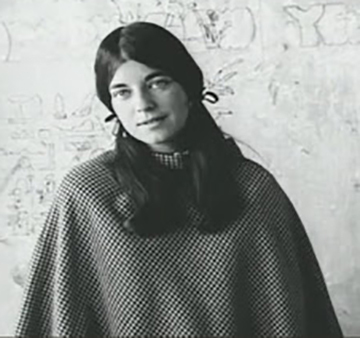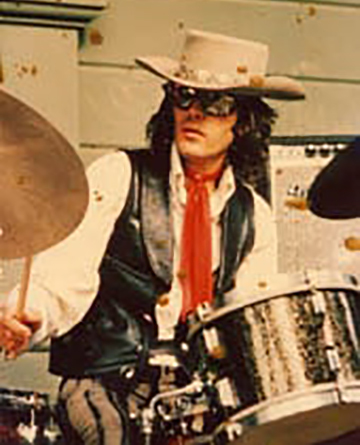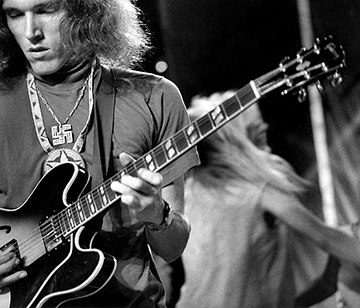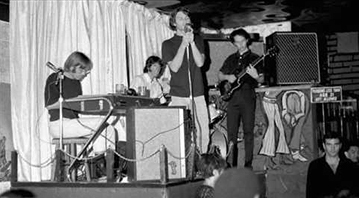Here’s an article Carbondale Times ran about Dorothy and me back in June. We appreciate it, and like the new merging of Carbondale Nightlife with Carbondale Times.
The McDaniels make downtown Carbondale debut at PK’s
By Dakota Holden
updated: 6/22/2018 5:44 PM

The McDaniels will make their debut at PK’s in Carbondale June 23. The blues and rock will start at 9 p.m.
The McDaniels are Kent (guitar, vocals) and Dorothy McDaniel (bass).
Kent McDaniel originally performed in Carbondale in the 1970s with The McDaniels Brothers Band, splitting shows with Shawn Colvin, opening for Earl Scruggs, and often sharing the stage with Tawl Paul. The McDaniel Brothers were a PK’s regular, playing every Thursday night until Kent moved out the region.
Kent moved to Chicago in 1980. He tells Nightlife he bumped into Dorothy riding the train into the loop. She was going to her oboe recital, and he was on his way to see Koko Taylor. They decided to attend both events with each other. They later married and started a family of their own. They have been playing music together ever since as The McDaniels. In the past year, they both moved to Carbondale.
“No matter where I lived, I have always searched for a place that felt like home,” Kent says. “When I moved back to Carbondale, it finally felt like home.”
Since their return, they have hosted and performed on WDBX, played small shows at Tres Hombres and Celebrate 618, and now PK’s for their first full-length show.
The McDaniels have an interesting combination of influences. Dorothy grew up playing with a strong classical background, teaching Kent theory and how to read sheet music. In return, he taught her the art of improvisation and memorization of music.
The McDaniels have been working with Jim Foerster at Mole Hole Studios on new music and are excited to release their recordings. Their song “When the Blues Come Knocking” features B.B. King-style rhythms and tasteful leads as well as beautiful background vocals.
The McDaniels’ debut will feature guests including Stick Gilbert (percussion), Lew Hendrix (banjo) and Tawl Paul. It also happens to be Kent McDaniel’s birthday that night, so make sure to give a proper Carbondale welcome.
Music is available through kentmcdaniel.bandcamp.com.
Who: The McDaniels
When: June 23
Where: PK’s
Tags: Carbondale Times, Dorothy McDaniel, Kent McDaniel, PKs





























